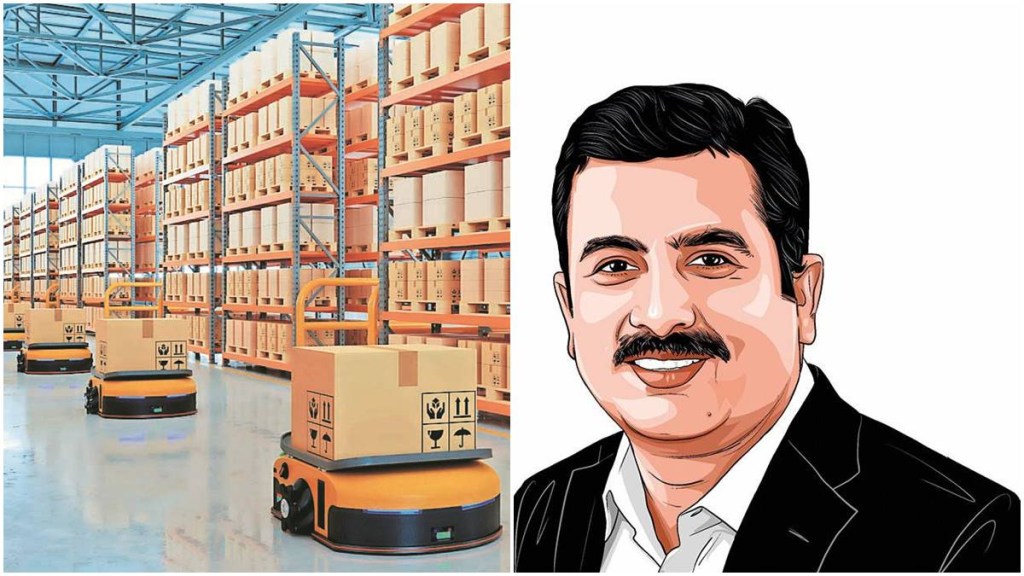By Prasad Dhumal
Imagine a warehouse buzzing with silent efficiency, where robots glide smoothly through aisles, scanning, sorting, and transporting packages, while drones prepare for last-mile deliveries. AI algorithms work quietly in the background, coordinating each movement with precision. This is not sci-fi anymore, it is here, and it is only getting sharper.
At the core of this transformation is the powerful convergence of AI and robotics. Together, they are building systems that can learn, adapt, and even anticipate needs. In a world that demands speed, accuracy, and resilience, that is a game-changer.
Connection between AI and robotics
The connection between AI and robotics is symbiotic. AI provides the intelligence layer that allows robots to go beyond rigid programming. With computer vision, machine learning, and natural language processing, robots can now interpret their environments, make real-time decisions, and improve with every task they perform. On the other hand, robotics gives AI a physical form to act in the real world, turning data into movement. This collaboration allows logistics providers to automate not just repetitive tasks, but also to respond dynamically to changes in volume, labour or delivery needs. The result? Smarter automation that scales with the business and adapts in real time.
The surge in e-commerce has forced logistics systems to evolve rapidly. According to IBEF, India’s e-commerce sector is expected to grow at a CAGR of 27% to reach $163 billion by 2026. This surge has pushed logistics operations to deliver faster, more efficiently, and with full visibility. Companies are turning to intelligent automation that can respond to high demand without compromising on accuracy or speed. This is where the intersection of AI and robotics is proving valuable.
Applications of robots, or cobots
One of the most practical applications has been collaborative robots, or cobots. Unlike traditional industrial robots, cobots are designed to work alongside human operators. They can take over repetitive strenuous tasks, such as lifting and stacking, allowing human workers to focus on problem-solving and oversight. In express logistics, AI-powered sorting robots are becoming a game-changer, increasing sorting capacity by 40% or more.
However, the transformation extends beyond that. AI-enabled autonomous mobile robots (AMRs) now handle tasks such as picking, sorting, and even trailer unloading. Equipped with sensors and smart navigation, these robots can navigate through busy warehouses, recognise and handle various parcels & collaborate with other machines in real-time.
Another powerful innovation is the robotics hub – a central platform that manages mixed fleets of robots from multiple vendors. It translates high-level workflows into coordinated tasks, reducing integration time and enabling rapid scaling, especially during peak e-commerce seasons.
The future of logistics is not just faster machines, it is smarter systems. While the industry is not yet fully autonomous, it is well on its way, with AI and robotics at the centre of this shift. What makes this transformation powerful is how technology complements human capability. When done right, AI does not replace people. It empowers them.
The writer is VP-IT, DHL Express India
